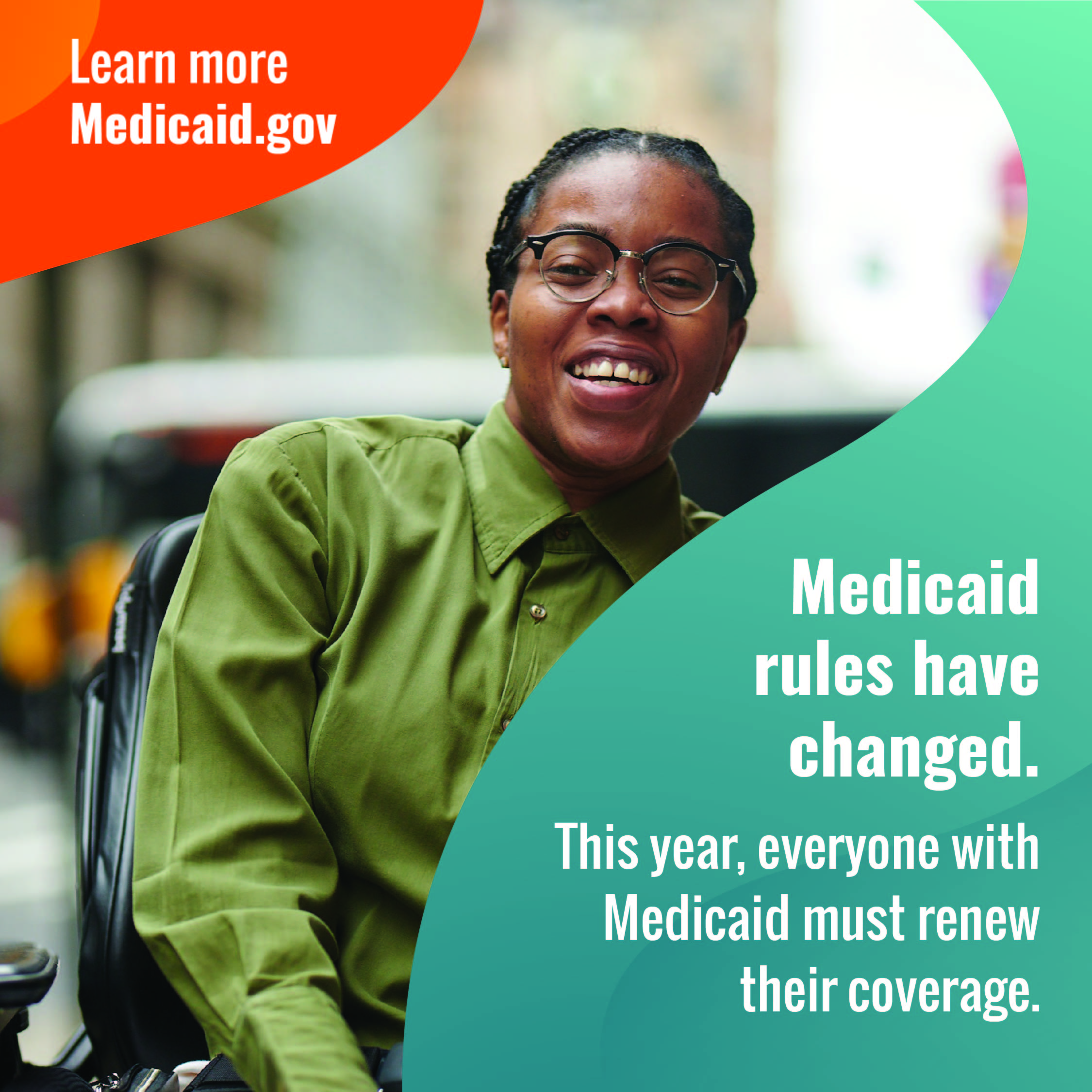CMS WORKING WITH STATES ON MEDICAID DISENROLLMENTS
Throughout the summer, we are publishing the NDNRC Update on a biweekly basis.
Last week, CMS announced that they are monitoring the Medicaid unwinding and working with states given the concern that many people are being disenrolled. As part of this process, CMS released a new fact sheet which provides guidance to states as they conduct their unwinding.
In addition, the administration sent letters to employers and insurance companies urging them to offer special enrollment periods (SEPs) to those who have lost their Medicaid coverage, similar to the SEP that is available on the ACA marketplace.
The Kaiser Family Foundation continues to update their Medicaid Enrollment and Unwinding Tracker with the latest figures and data on monthly Medicaid enrollment, renewals, and disenrollments. As of July 26, 2023, over 3.7 million Medicaid enrollees have lost coverage. All states but one are now in the process of disenrolling people as part of the unwinding. State-level data is available for 30 states and D.C. Disenrollment rates range from a high of 82% (Texas) to a low of 10% (Michigan).
As part of our partnership with Community Catalyst, we have a project which highlights opportunities for people with disabilities to get access to health coverage through Medicaid or the ACA marketplace. This project has provided graphics like the one below which highlights the changing Medicaid rules. These are available in the Community Catalyst Outreach Hub and on the Organizing for Outreach materials page.
Federal researchers have estimated that 3 out of 4 children who will lose Medicaid coverage will remain eligible to enroll in CHIP (Children’s Health Insurance Program), as noted by Georgetown University’s Center for Children & Families. However, procedural terminations continue to be the main cause of unenrollment instead of eligibility determinations.
Unwinding the Medicaid continuous coverage requirement has begun in many states, and people have started losing their Medicaid eligibility. Over the last couple months, we have been updating our “Medicaid Unwinding Resources” blog post which has links to various resources including our Medicaid unwinding flyer and the CMS fact sheet referenced above.
The Center on Budget and Policy Priorities has announced two webinars that they will be conducting this summer to help assisters in preparing for the fall open enrollment and what assisters can do with plan selection tools. The first of these webinars entitled “Introduction to Plan Selection Tools for 2024” was held this past Tuesday. When the webinar is archived, it will be available on the NDNRC website. All the topics, dates and times for both webinars can be found in our news item.
Previously, we highlighted new proposed rules which would change the way that short-term plans would be able to be sold to consumers. To learn more or for links to the rules and CMS fact sheet, check out our news item. Additionally, the Georgetown Center on Health Insurance Reforms recently posted on their blog about the proposed rules.
This week, the White House released a fact sheet on what the Biden Administration is doing to increase access to mental health treatment through health insurance networks.
Speaking of mental health, the Georgetown Center on Health Insurance Reforms examined the 1-year anniversary of the 988-suicide prevention and mental health crisis response line in their blog this week. With an increase in federal funding, states can strengthen the continuation of services available to people, such as screening, assessment, peer support, coordination with medical and behavioral health services.
Archives of our weekly updates are available on the NDNRC website.

